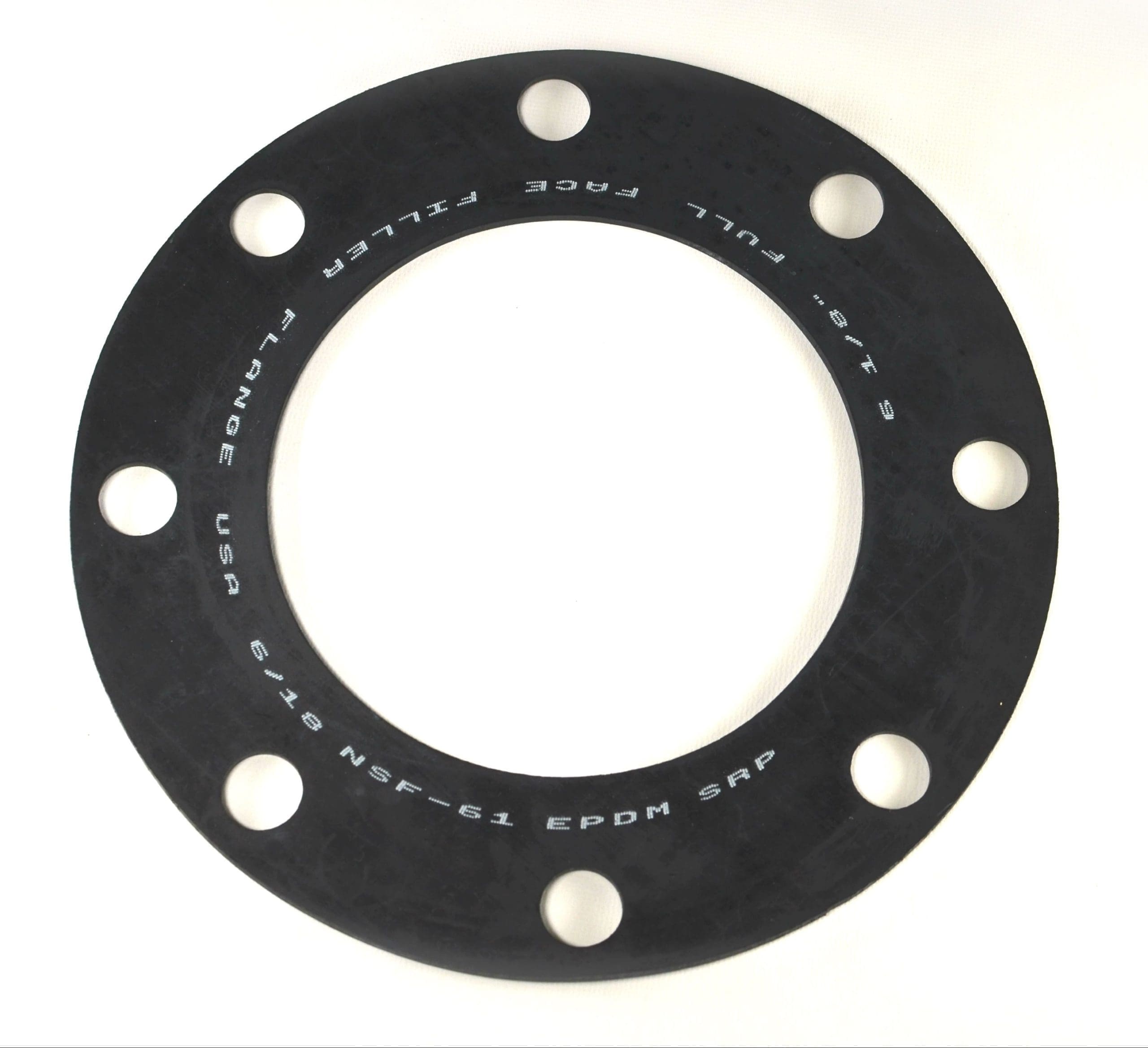 Pipes make America happen.
Pipes make America happen.
Every day, over 2.2 million miles of underground pipes – fitted with couplings, valves, and other fixtures – help deliver over 38 billion gallons of life-giving water to businesses and homes nationwide.
As you can probably imagine, building and maintaining this vast infrastructure network is expensive. It also takes countless hours of labor and a constant stream of technological innovation to solve new problems and keep the system running well into the future.
When everything goes well, water gets to where it needs to be: your faucet, kitchen sink, and toilet.
But the water system has an issue that the general public never knows about, a problem that can result in enormously expensive leaks and temporary water shortages.
It all has to do with the pipes that send H2O from point A to point B.
A Leaky Problem in the Water Pipe Industry
Water pipes that transport our clean water are mainly made of three materials: metal, concrete and clay, and plastic.
Their diameters and lengths vary, but one thing is constant: no pipe is ever long enough to do the job all by itself.
Before water reaches the bottom of your tub, when you turn on the faucet, it travels through miles of pipes from the nearest municipal water supply facility. Even the longest pipes can’t bridge this distance, so we join these pipes together with fittings – or connectors.
On the outside of these fittings are circular rims running all around the outside. These are called flanges, which are used to bolt the fitting together to form a nice, tight seal.
To further help provide a seal – and keep the water inside, where it belongs – pipe connections also contain rubber gaskets. These rubber gaskets for water pipes are flexible enough to fill every possible crack and crevice yet rigid enough to hold up to a steady stream of water pressure.
This system works well – until it doesn’t. Sometimes, old gaskets fail. Or the pipe fitting and valves loosen. Or, more commonly, two pipes being joined together (especially a newer one replacing an existing fitting) don’t quite line up the way they want.
They can form a gap, and even one that’s just 3/8ths of an inch can result in what every water pro fears: a leak. A leak underground that isn’t easy to see or fix can be a very costly problem for your water company.
Nothing is more frustrating – and expensive – than shutting down a project because of unexpected gaps. That’s why companies like Spec Rubber have spent much time and brain-power developing solutions to prevent these problems before they get out of hand.
Introducing Filler Flanges: a Game-Changing Solution
Filling a gap that arises from joining pipes and valves usually involves going back to the machining shop to build something out by hand.
This process is a major headache because it involves stopping work, spending money, and delaying the project. At best, you’re looking at hours of lost production and thousands of dollars worth of expenses – and that’s if you have a shop nearby and available.
(And nothing gets lost in communication.)
Filler flange gaskets were developed as a solution because they allow instant, on-site filling of gaps between pipes up to 3″ in diameter – no custom machining required.
Our flanges come in various sizes; you can even stack them to create a more custom fit. Built from EPDM according to NSF-61 specifications, these flanges are easy to install, durable, and more cost-effective than metal flanges.
It’s an elegant solution to an expensive problem, but it’s not magic – just good, old-fashioned American ingenuity and hard work.
American-Made Gaskets from Alabaster, AL, USA
The best thing about modern filler flanges is that you don’t have to import them from overseas and worry about quality – they’re made by Spec Rubber’s manufacturing facility in Alabaster.
Our products meet high standards because we know that what we build is used by our communities, communities that deserve the best. Elfrida McLain, our production manager, says, ” ‘Made in the USA’ means it’s going to be high quality, but ‘Made by Spec Rubber’ means it’s going to be the highest quality.
As she mentions, “We are an NSF-certified company, so we are very concerned about what we send out.” Elfrida and professionals like her carefully observe our production and definitely aren’t afraid to stop the whole process if something doesn’t seem exactly right.
Plus, being local means customer service is all-around better than what consumers can find anywhere else. “I’m looking at everything that we could do to satisfy this customer, trying to make sure that we get those orders done right. When you call Spec Rubber, you’re going to talk to a person; you’re not going to get a machine.”
She adds, “We carry our inventory, so you don’t have to wait for a long lead time.” When you need filler flanges to keep a project humming along smoothly, you’ll have them.
At the end of the day, it’s very simple for Elfrida: “Our goal is to meet and exceed our customer’s expectations every time here in small town Alabaster.” That’s the ‘Made in the USA, Made by Spec Rubber’ promise.
Taking Advantage of the Filler Flange Solution
We encourage you to learn more about filler flange gaskets and how replacing valves and fitting pipes with flanges is easier and more effective than older, less modern methods.
You’ll see, just as our other customers do, how creative, homegrown solutions turn expensive problems into money-saving solutions.
Pipes make America happen – and filler flanges make pipes happen.








